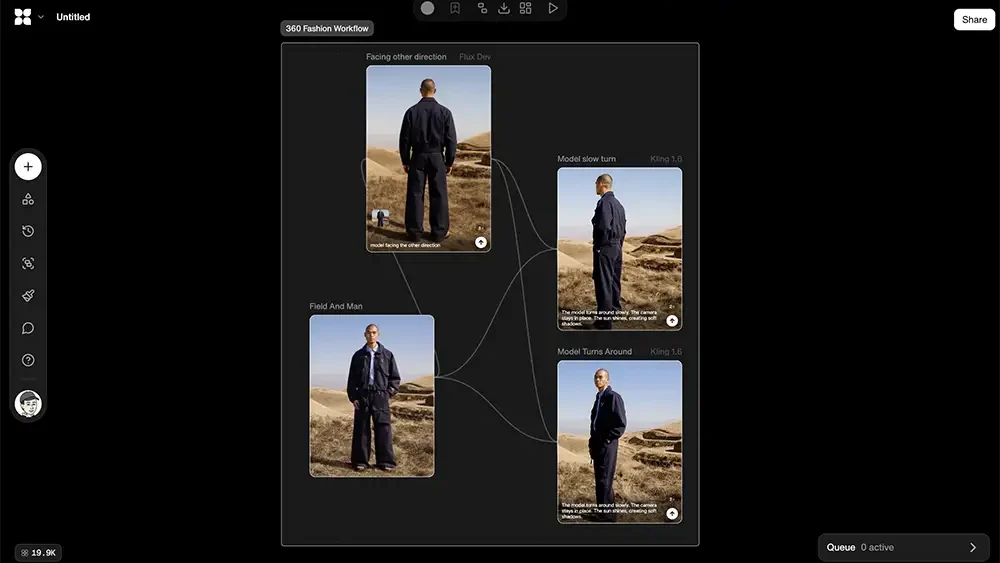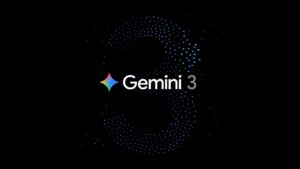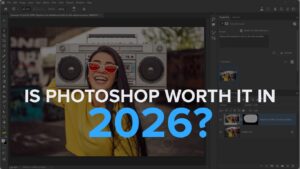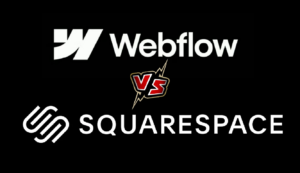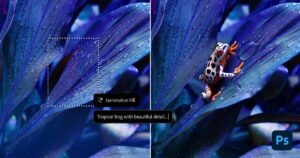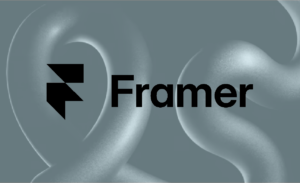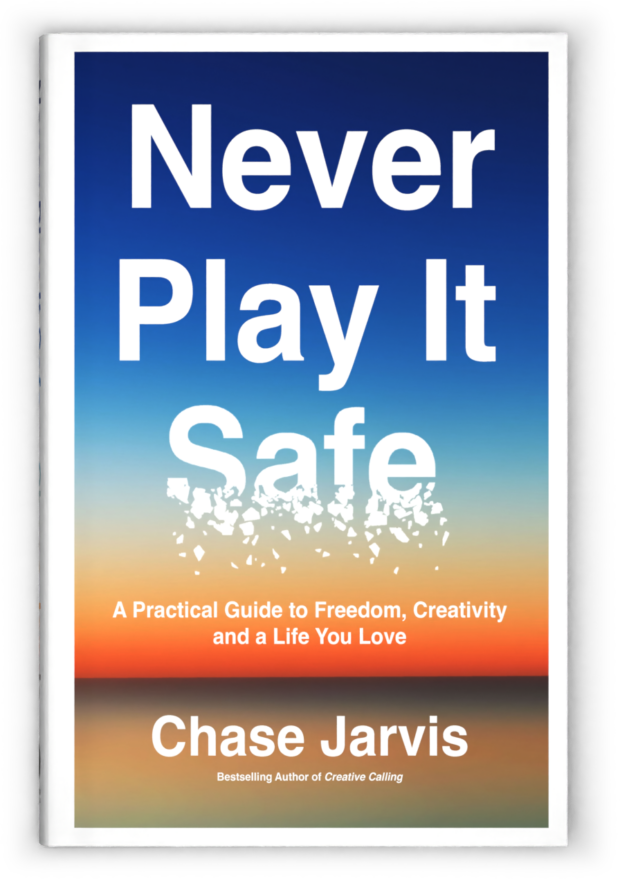
The first wave of AI image generators was a revolution, but let’s be honest… it was a but of a slot machine. You’d feed the machine a prompt, pull the lever, and hope for a jackpot. It was fun for experimentation, but for professional, client-facing work? Forget it. You couldn’t control it, you couldn’t repeat it, and you couldn’t build a scalable workflow on top of it. That era is over.
The industry is growing up, moving from simple, linear prompts to sophisticated, node-based “intelligent canvases.” This is the shift from just prompting to visually programming your creative output. It’s about having a transparent, editable, and collaborative process where you control every step. Two of the biggest players in this new arena are Figma Weave (what used to be Weavy) and Flora. They represent a fundamental change in how you’ll create, and picking the right one is a strategic decision for your career.
The Basics: Weavy and Flora Explained
Both are infinite canvases made up of nodes that link together. Each node is a different tool: an AI model like Gemini, ChatGPT, or Stable Diffusion; or a process like applying a mask, changing levels, etc. These nodes then become inputs to other nodes, branch out in multiple directions, etc.
Before you can pick a side, you need to understand what these tools actually are and why they matter. They’re not just another image generator; they’re entire ecosystems for creation.
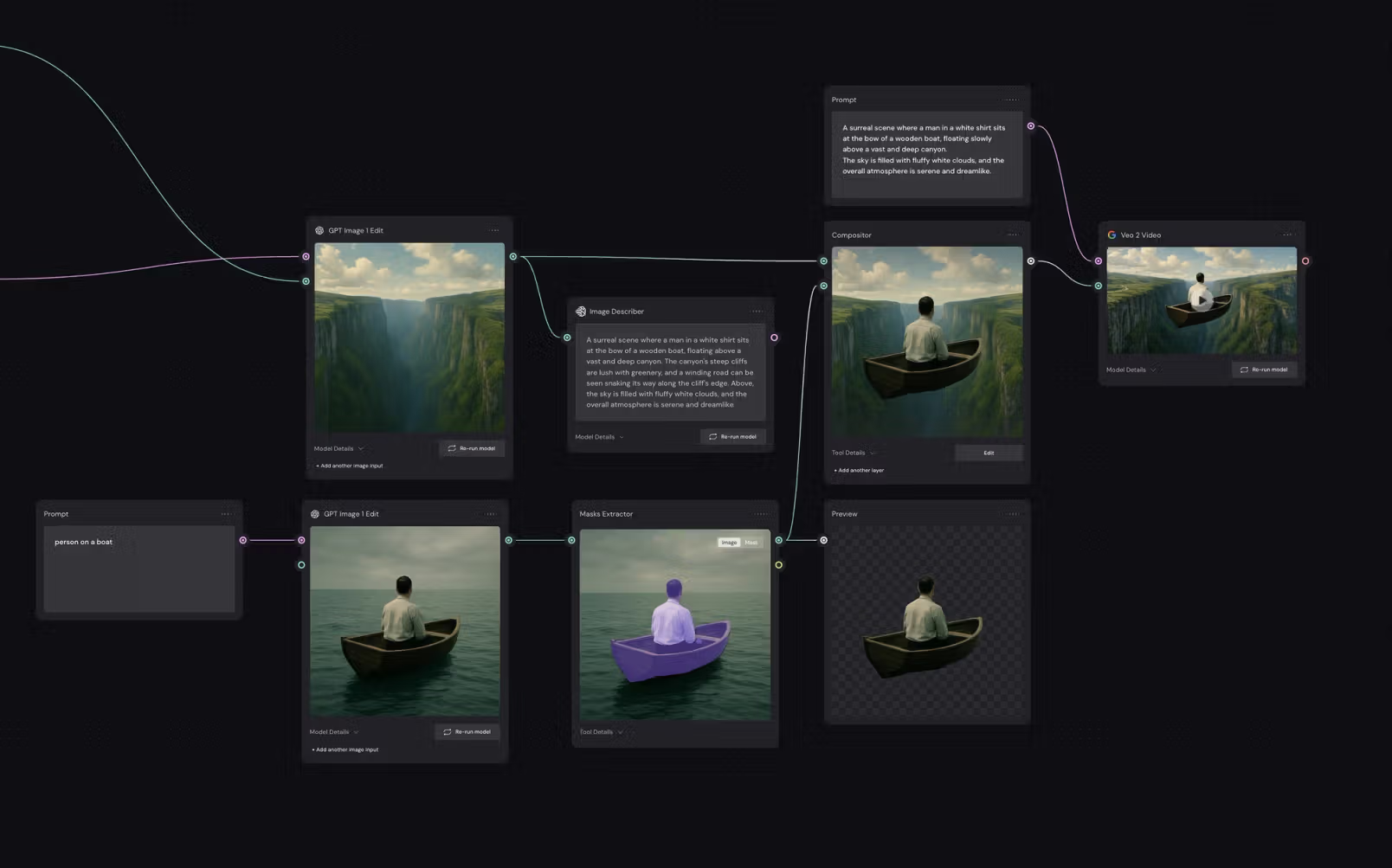
Weavy/Figma Weave
Weavy was an impressive node-based AI tool that got snapped up by Figma for a reason (now rebranded as Figma Weave). It’s the power user’s choice of the two, with more options and flexibility (for example the prompt concatenator, which allows you to assemble AI prompts from individual pieces of text). It’s not nearly as tough as ComfyUI, but it’s heading in that direction.
That said, there’s a bit more of a learning curve vs Flora because it doesn’t hold your hand or give you much in terms of presets or guidance. That’s probably a good thing for most pros (who will want complete control and flexibility), but it may be intimidating for people who are new to this UI paradigm or aren’t naturally inclined to this kind of highly structured way.
As for how it will integrate with Figma, we’ll have to wait and see!
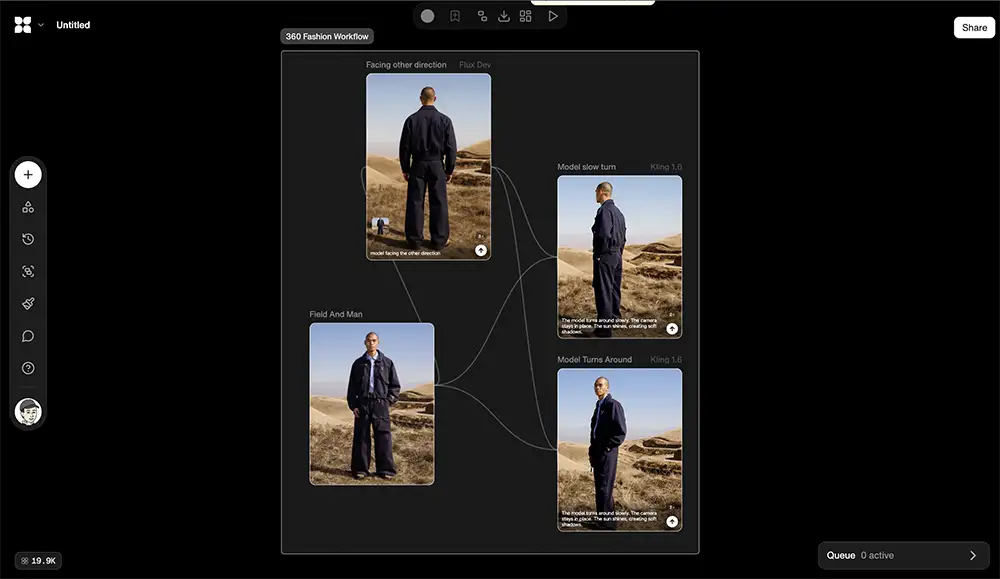
Flora
Flora, sometimes called FloraFauna, is a different beast. It wasn’t built to plug into an existing design tool; it was purpose-built from the ground up as a platform for visual thinking and narrative development. It’s an infinite, non-linear canvas designed for exploration and ideation.
You do have a lot of granular control, but not quite as much as Weavy.
Flora’s philosophy is centered on “Flows,” pre-configured node setups for specific creative fields like filmmaking, architecture, or fashion. It’s designed to help you bypass the “blank canvas” problem and dive straight into complex AI workflows without getting bogged down in the technical minutiae. It’s less about integrating with a UI design and more about being the central hub for your entire creative project, from concept to final visuals.
How Creative Professionals Can Use Weavy & Flora
This is where the rubber meets the road. How do these platforms actually change the way you work on a day-to-day basis? It comes down to their core architecture and philosophy.
Figma Weave: Unifying Design and Generation
Weave’s biggest strength is its home-field advantage: it lives inside Figma. This is a game-changer for anyone working on branding, marketing, or UI/UX design.
The End of the Tab-Switching Tax
The current workflow for most designers is a mess of friction. You’re bouncing between Midjourney, Figma, a browser tab for your AI generator, Topaz for upscaling, and Photoshop for compositing. Every switch breaks your creative flow and creates a version control nightmare. Weave eliminates this tax. You can design a UI component and generate its content in the same breath. You can iterate on visuals with the same fluidity as you iterate on typography and layout.
Hybrid Workflows: AI Meets Classic Compositing
This is where Weavy gets seriously powerful for professionals. Purely generative AI often gets you 90% of the way there, but that last 10% requires deterministic control. Weavy combines generative nodes (like running a Stable Diffusion or Flux model) with traditional compositing tools. You can run an image through a generative node, then pipe that output directly into a “Curves” or “Levels” node for color grading, and then apply a mask—all within the same visual pipeline. This hybrid approach gives you the best of both worlds: the limitless possibilities of AI synthesis and the pixel-perfect control of classic editing.
App Mode: Scaling Your Creative Direction
For agencies and creative directors, Weave’s “App Mode” is a killer feature. A senior creative or “System Architect” can build a complex node graph that perfectly encapsulates a client’s brand guidelines: the right colors, the right character LoRAs, the right negative prompts. Then, they can publish it as a simplified interface. An “Operator,” like a junior designer or social media manager, sees only a few simple inputs like “Product Name” or “Background Style.” They can generate hundreds of on-brand assets without ever needing to understand the complex ControlNets or IP Adapters running under the hood. It turns your creative direction into a scalable, foolproof software tool.
Flora: Mastering Narrative and Visual Storytelling
Flora isn’t trying to be an extension of your design tool; it’s aiming to be your creative operating system, especially for narrative projects.
“Flows” for Specialized Verticals
Staring at a blank node canvas can be intimidating. Flora solves this with “Flows”—essentially, workflow templates for specific industries. A fashion designer can load a “Garment Try-On Flow” that already has the necessary nodes for human inputs, masking, and diffusion. An architect can use a “Sketch to Render” flow to turn a rough drawing into a photorealistic visualization. This structure drastically lowers the barrier to entry for complex workflows and delivers immediate value.
Built for Narrative Consistency
Maintaining character and style identity across multiple images is one of the biggest challenges in generative AI. This is where Flora excels. Its “Story Analysis” feature can ingest a script and generate a consistent sequence of shots by using an LLM to direct the image models. You can lock in a character’s identity using LoRAs and treat them as a constant variable, placing them in different scenes without the dreaded “morphing” effect. For storyboarding, pre-visualization, and concept art, this is absolutely critical.
Advanced Style Control
Flora gives art directors powerful tools for defining and enforcing a project’s visual language. Its “Intelligent Image Analysis & Style Extraction” nodes allow you to upload a reference image—say, a frame from a film with a specific lighting setup—and mathematically apply that style to all subsequent generations. This ensures a cohesive look across an entire campaign or film sequence, something that’s nearly impossible to achieve with simple text prompts alone.
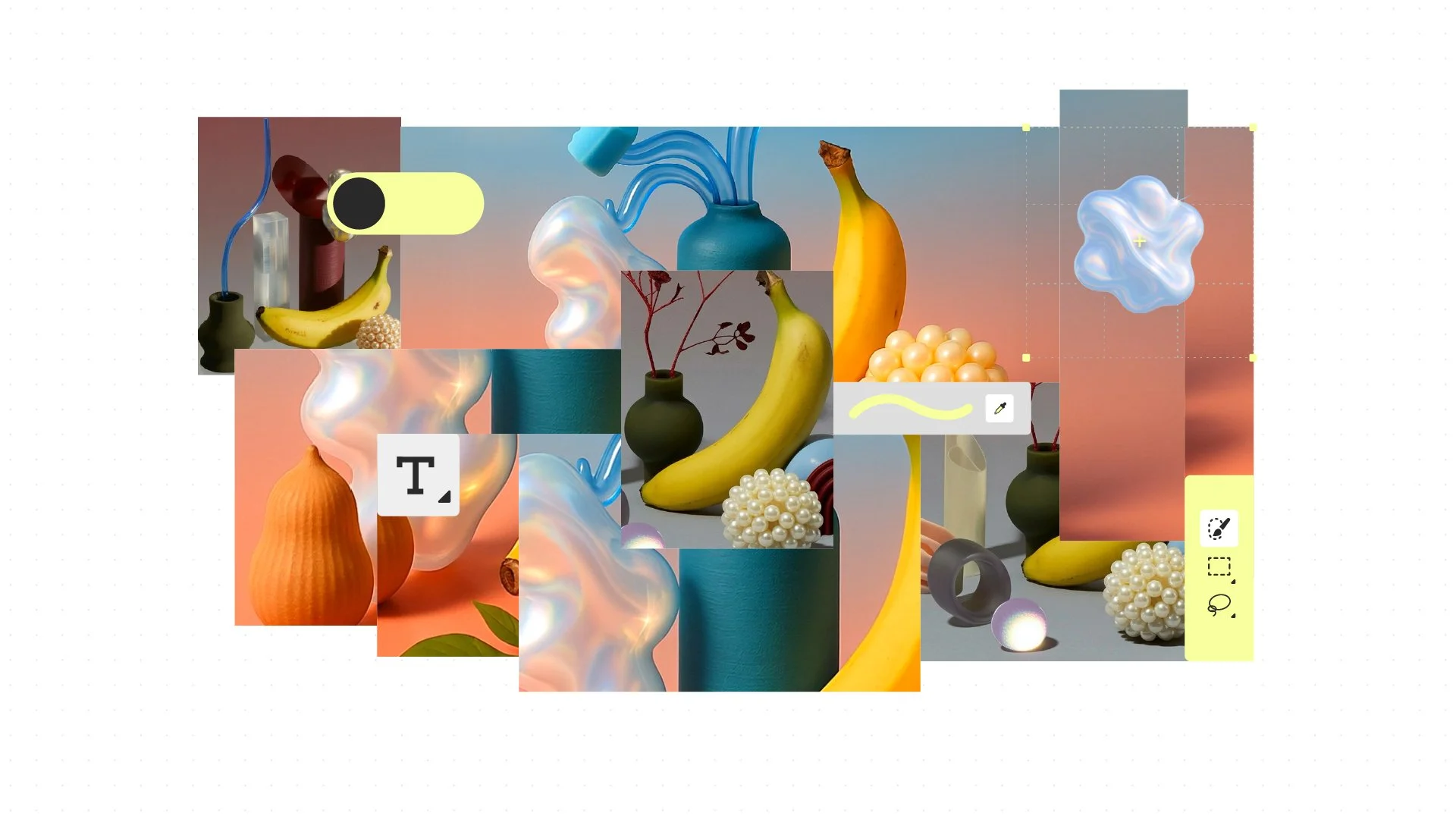
Gorgeous work for Weavy by Maayan-Erlich
The Bottom Line: Is Weavy or Flora For You?
Both platforms are powerful, but they are built for different creative mindsets and workflows. There’s no single “best” choice, only the choice that’s right for you and your work.
Choose Weavy/Figma Weave if:
You’re a UI/UX designer, a branding agency, or part of a large creative team where seamless workflow integration is critical. You live inside Figma and the idea of never having to export-import assets again sounds like a dream. You need to scale asset production while maintaining rigid brand consistency for your clients. Weave is about making the design and generation process a single, unified motion.
Choose Flora if:
You’re a filmmaker, concept artist, illustrator, or solo creative working on narrative-heavy projects. Your process is more about exploration, iteration, and discovery than it is about plugging assets into a pre-defined layout. You need top-tier tools for maintaining character consistency and a cohesive visual style across a series of images or shots. Flora is about visual thinking on an infinite canvas.

